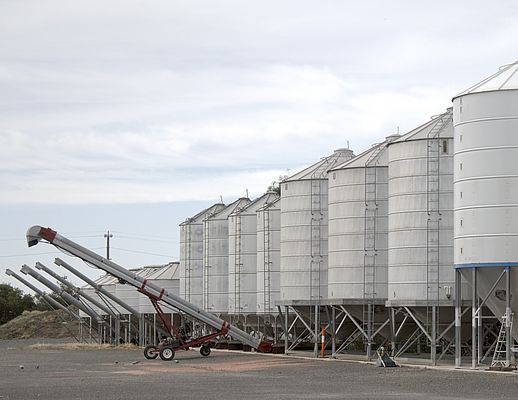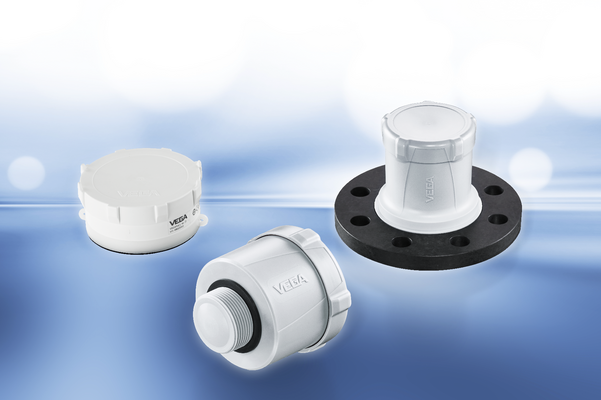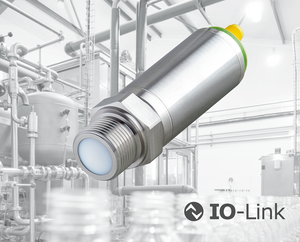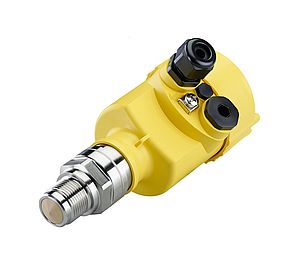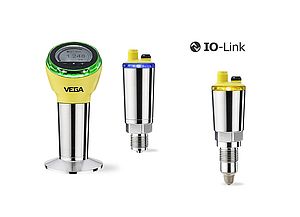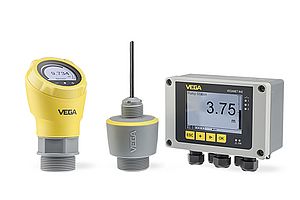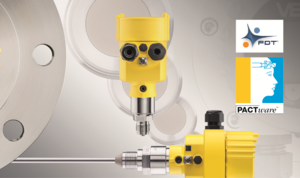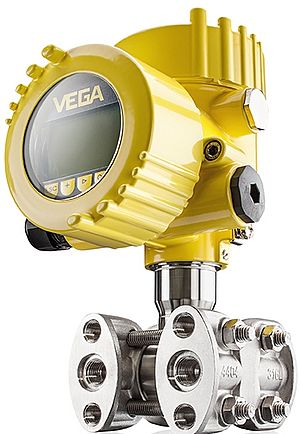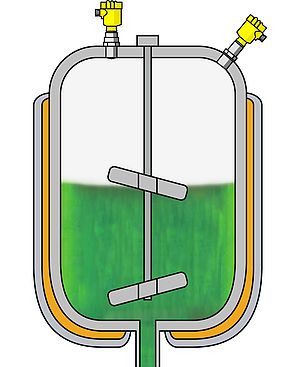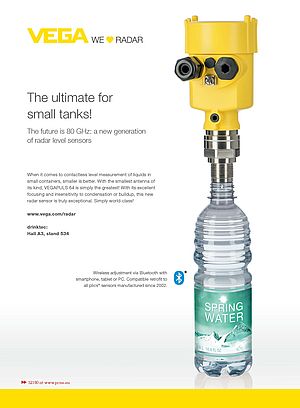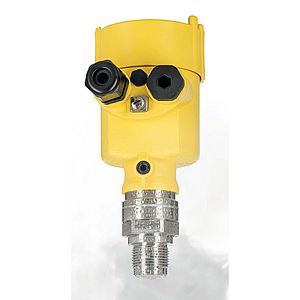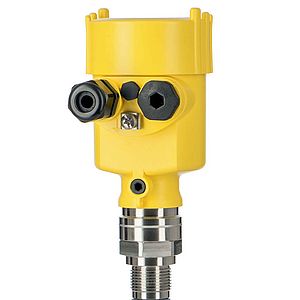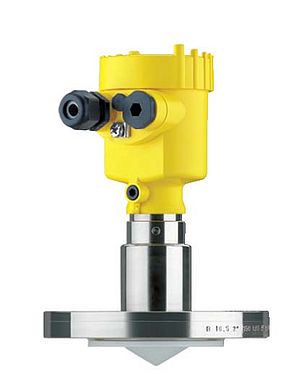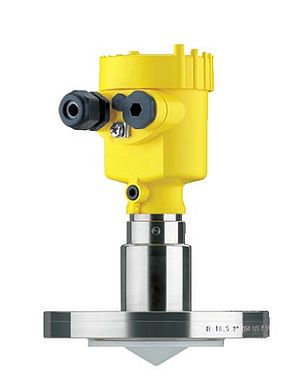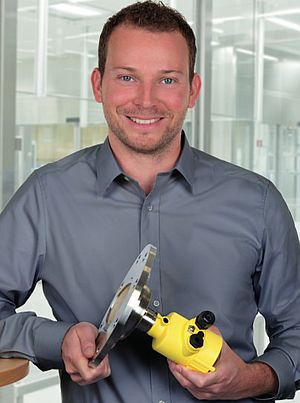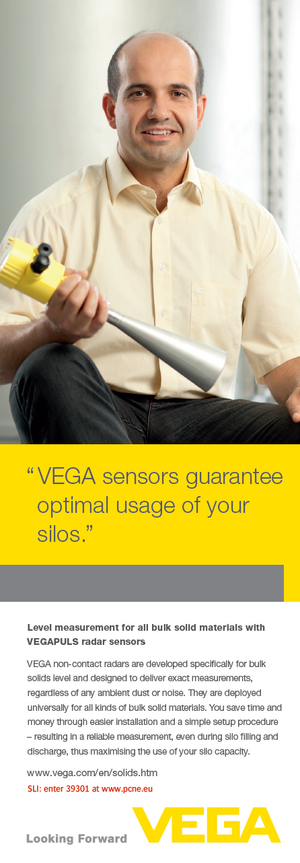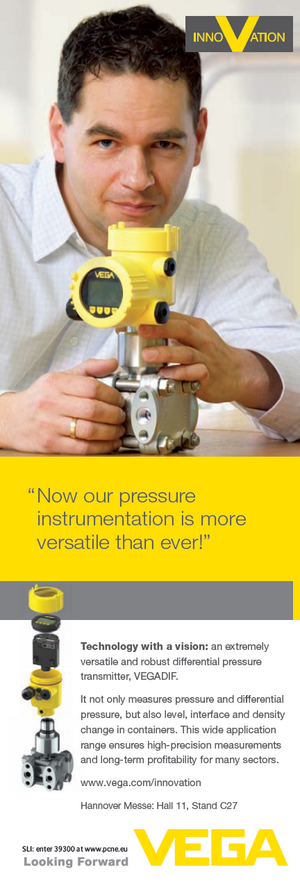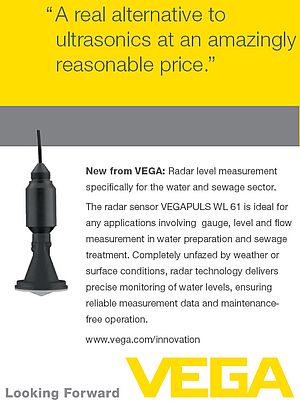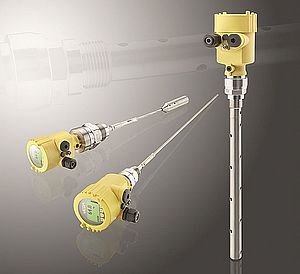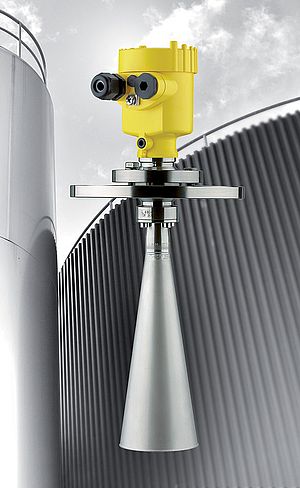In the agricultural sector, in the smart city, in industrial plants or in the logistics cycle, the use of autonomous level sensors can optimise many processes. Continuous monitoring of the fill levels in feed silos can automatically trigger the replenishment process in good time before the feed runs out. Until now, technical or economic hurdles have stood in the way of using level sensors in many of these applications. The installation was often complex. Cables had to be laid and a power connection had to be provided. Transmitting the data was also difficult: It incurred high costs and was only profitable in exceptional cases.
Wireless and boundless level measurement
VEGA has now developed a new instrument series especially for these situations. The result is reliable, self-sufficient level sensors based on powerful 80 GHz radar technology. Energy efficiency was at the forefront of this development. For this purpose, measurement technology, radio data transmission and energy consumption were optimally coordinated. The result can guarantee autonomous operation for 10 years or more. The autonomous wireless VEGA sensors can be reliably used in the various scenarios – wherever level measurement is necessary. No matter whether this involves storage containers with chemicals or cleaning agents, or simply bins waiting for collection. The new VEGAPULS Air series covers measuring ranges from a few centimetres up to 30 metres.
Ideal for mobile containers and IBCs
VEGAPULS Air sensors are ideal for Smart Logistics and can be easily integrated. Thanks to radar, measurement on the IBC or plastic container is possible from the outside through the container wall. The plastic bubble does not have to be opened or modified. With a few simple movements, this solution can be permanently or temporarily installed on the container, remain there and transmit the respective status. Even when stacked high, the self-sufficient VEGA sensors on each individual container record the current level several times a day – and transmit it by radio.
Installed in a few minutes
VEGAPULS air sensors operate autonomously, i.e. they do not need any process connection, cables or control system. The path to the cloud is correspondingly simple: No laying of cables, no refitting. Here, the measurement data is available at any time. The handy radar sensors themselves are robustly designed and can even withstand outdoor weather. The sensor is glued to the container or attached to the versatile mounting accessories. From then on, it runs as safely and reliably as a traditional wired sensor, but is much simpler.
Needs-oriented delivery
In combination with the VEGA Inventory System, an automated information flow can be established within a company or between partner companies on the basis of the data that VEGAPULS Air sensors produce in the field. Various clearly arranged analysis and planning tools enable optimal demand, inventory and delivery planning.
With the help of the web-based software, suppliers gain reliable insight into the current inventory situation of their customers. This enables suppliers to plan promptly and soundly while their customers benefit from reliable and always sufficient stock. The visualisation software creates transparency for customers as well as suppliers – and thus guaranteed replenishment for Smart Logistics, Smart Farming and Industry 4.0. Therefore, VEGA thus turns a classic weakness in the supply chain into a strong link. In addition, the usual connections to ERP or CRM systems remain possible.
With radio technology of the future
VEGAPULS Air works with the radio technologies LoRaWAN (Long Range Wide Area Network), NB-IoT (Narrowband-IoT) and LTE-M. For Smart Cities, Smart Logistics and other IoT applications, they offer high ranges and, thanks to their very low energy requirements, can be operated autonomously solely from batteries. With these LPWAN* technologies, VEGAPULS Air sensors can be networked not only very cost-effectively, but also easily over long distances.
The radio standards are designed for high coverage. This makes communication between sensors and the cloud possible in places where there is no mobile phone reception with a smartphone. Even from the basement of a building, an equipped container can still communicate easily and securely to the cloud. NB-IoT allows the sensors to be connected to the globally standardised 3GPP mobile network. One of the other advantages: The hardware and maintenance costs are low.
Save twice, win-win
In concrete terms, this means: Increased availability and optimum utilisation of various processes and plants brings about long-term gain. Firms that shorten downtimes by monitoring their flow of goods with autonomous sensors across the board save on service and operating costs on the one hand – while increasing their turnover at the same time.


